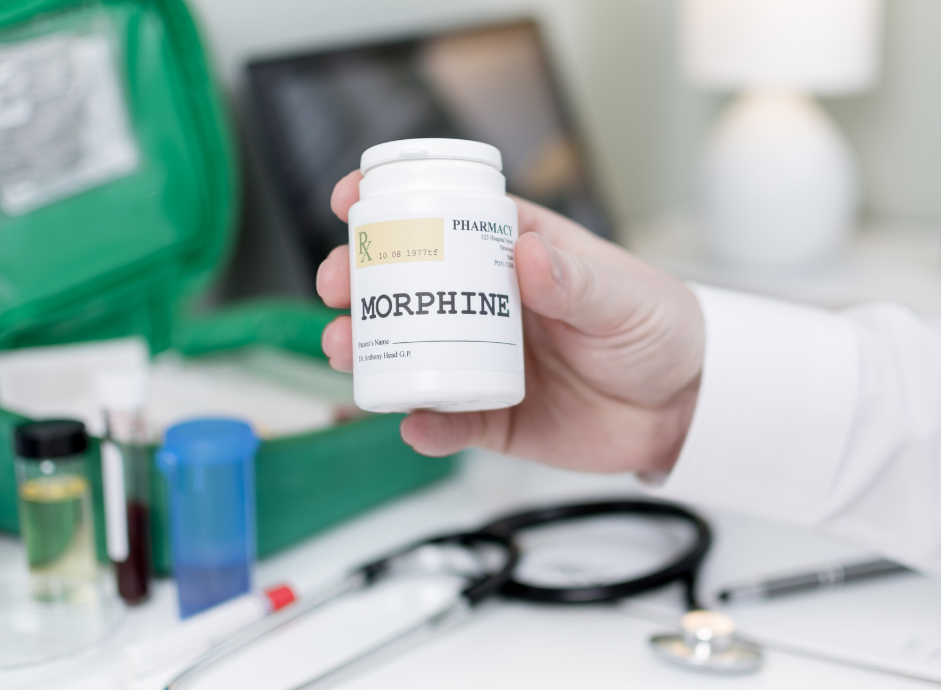- Home
- Forums
- General forums
- News from the media
- A family's mental health journey: Emergency, illness, recovery, stability
A family's mental health journey: Emergency, illness, recovery, stability
- 85 views
- 0 support
- 5 comments
All comments
![]()
Jennilee
![]()
Jennilee
Last activity on 01/04/2016 at 15:44
Joined in 2016
Stigma can certainly be a roadblock, but there are others which might prevent someone getting help. People are often told to "get help" or that "he/she needs help" but then don't specify the kind of help or where this might be obtained. There is also the issue that the person themselves might believe that they're OK and actively seek to avoid such help. If they are deemed to have capacity then it seems that there is little the services can do. Meanwhile families can be left in quite a desperate situation which, especially over time, can really take its toll.

Unregistered member
Well done Amanda !!! You are my hero !![]()
![]()
itgetsbetter
Good advisor
![]()
itgetsbetter
Last activity on 30/11/2020 at 17:32
Joined in 2016
461 comments posted | 3 in the News from the media group
1 of their responses was helpful to members
Rewards
-
Good Advisor
-
Contributor
-
Committed
-
Explorer
-
Friend
Acknowledging and accepting that you are ill and contrary to what you may feel ; you aren't coping. Getting professional help along with helping oneself is vital. Mental Health is so overstretched that getting the much needed assistance can be like waiting to win the lottery.
Using coping tools are invaluable; medication ; if they help then why ignore them?
No , they don't solve your issues but they make you feel calmer and more able to cope and work on getting yourself in to a happier place mentally thus enabling you to tackle those issues within.
Helping yourself is a big plus. Setting yourself small goals to aim towards. Doing things that make you feel positive. Releasing the happy hormones in the process. Focusing on your breathing when you can feel anxiety creeping in.
For me communication is an absolute winner. The only way that we can diminish the stigma attached to mental illness is to talk, talk and talk some more. Getting things out in the open can be such a liberating feeling , opposed to letting it fester inside.
Accepting that you will have good days and bad days.
Getting help and if at first you don't succeed, try and try again.
Little by little, day by day. x

Unregistered member
Well done :)

Unregistered member
Yeah it feels like that i been sectioned before and it felt like prision and i felt lost and hurting bad this was nearly 4 years ago
Give your opinion
Survey
Articles to discover...
Subscribe
You wish to be notified of new comments
Your subscription has been taken into account








Gilda
Community managerGood advisor
Gilda
Community manager
Last activity on 03/02/2023 at 15:26
Joined in 2015
710 comments posted | 68 in the News from the media group
Rewards
Good Advisor
Contributor
Messenger
Committed
Explorer
Evaluator
CNN Health